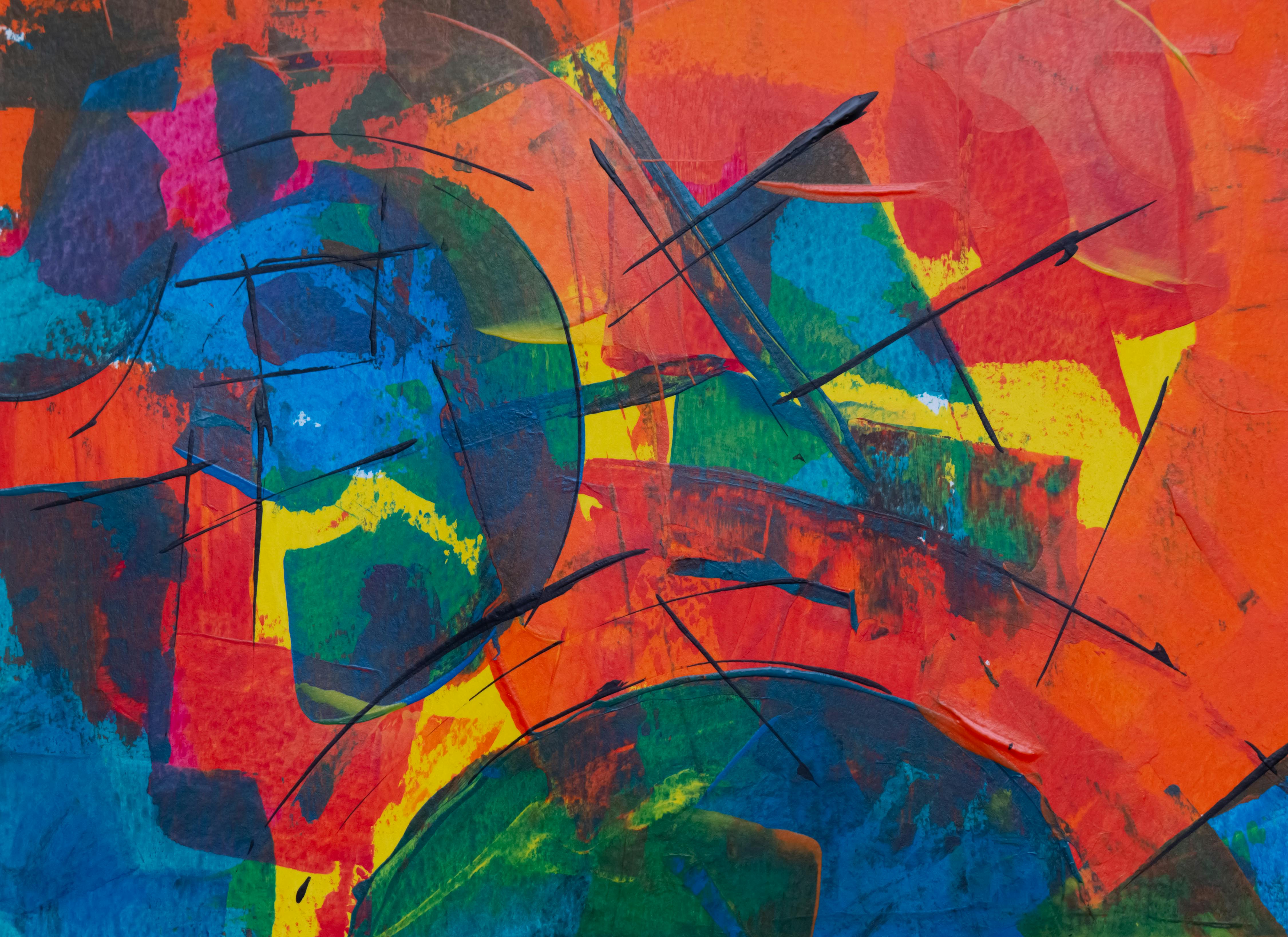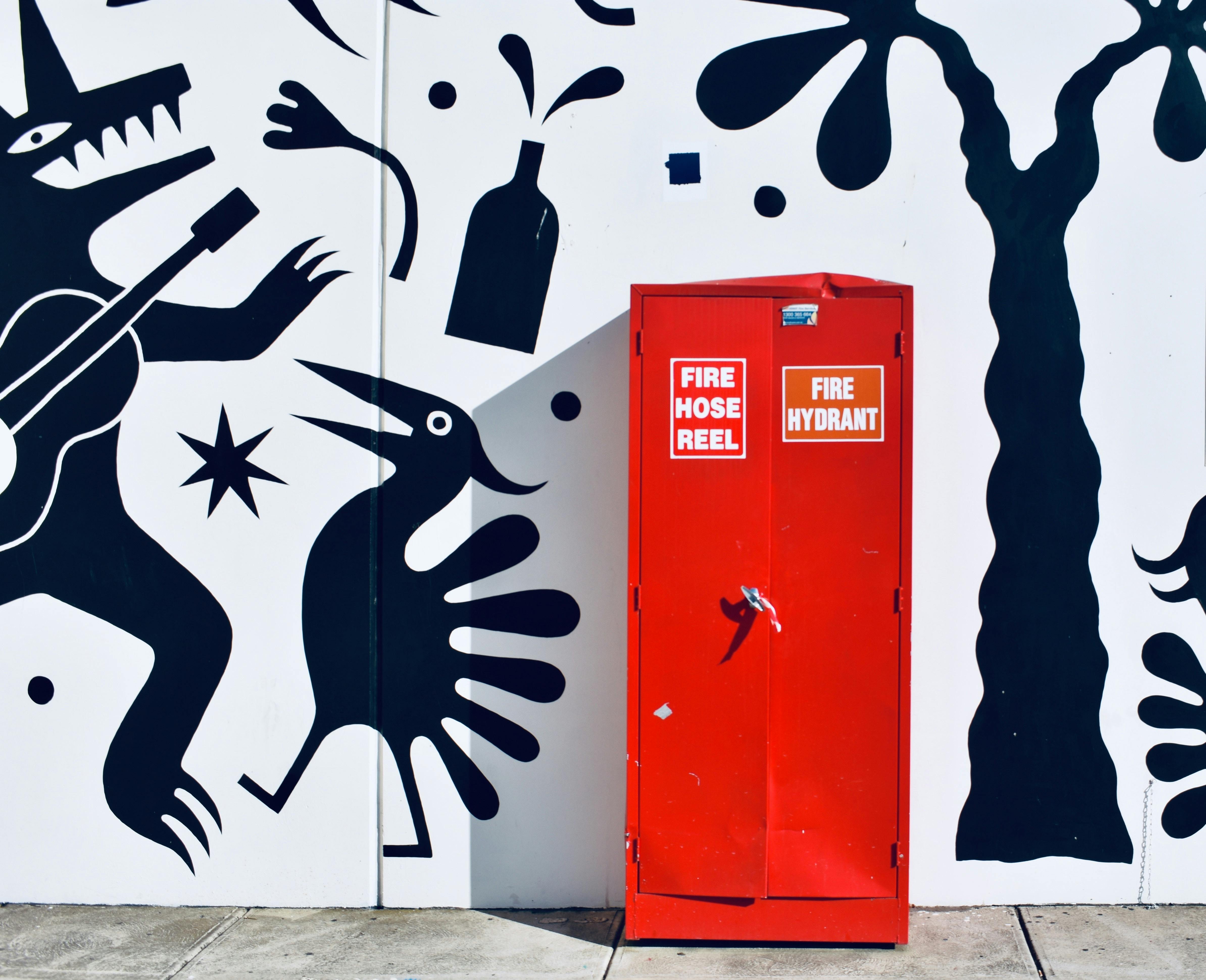In the Rosicrucian manifesto, Fama Fraternitatis, the young Christian Rosenkreutz acquires his knowledge of mysticism during a trip to the Holy Land, in a place called “Damcar”, described as a city in Arabia. While today the word “Arabia” tends to refer to the Arabian Peninsula, Fame is probably using it simply to refer to lands inhabited by Arabs. For four centuries, scholars have tried to identify the city of Damcar, but without success.
The likely reason for using Damcar, rather than the real name of the mystical city, is that the real name would openly identify one of the founders of the Rosicrucian brotherhood, surely something they wanted to keep secret. In 1652, the first English translator of Fame, Thomas Vaughan (quoted below), was totally confused by the meaning of Damcar, but seeing an apparent reference to Damascus and thinking that Damcar could be the same place, he opted for translate everything with the crazy “Damascus”. The original German words are in parentheses:
“Brother CR .. went to Damascus [Damascum]thinking from there to go to Jerusalem; but because of the weakness of his body he still remained there, and by his skill in Physick he obtained much favor among the Turks: Meanwhile, he was acquired by chance with the sages of Damascus. [Damcar] in Arabia, and I contemplated the great wonders that they worked, and how nature was discovered to them. “
Here we learn that Damcar was a city of sages who were mystically active. Since Brother CR got acquainted with them in Damascus, Syria, we have to assume that the city of Damcar is relatively close to the city of Damascus.
The Fame continues: “This is why that high and noble Spirit of Brother CR [C.R.C] so moved, that Jerusalem was now not as much on his mind as Damascus [Damcar]; Furthermore, he could no longer restrain his wishes, but made a deal with the Arabs to take him for a certain sum of money to Damascus. [Damcar]; He was only sixteen when he got there, but from a strong Dutchman. [teutschen] Constitution.”
First of all, we observe that brother CR and brother CRC cannot be the same person because brother CR is afflicted by “the weakness of his body”, but brother CRC is only 16 years old and has a strong constitution. Therefore, while brother CR is stuck in Damascus, brother CRC has to be in Jerusalem. Since brother CRC pays the Arabs to take him to Damcar, we must assume that Damcar is relatively close to Jerusalem.
Therefore, the city of Damcar is close to Damascus and it is also close to Jerusalem. Where is it located? Obviously, the city of Damcar has to be located in the north of Israel.
Now we must concentrate on the word “Dutch” towards the end of the last quote. Since “Damcar” is an enigma, could it be the anagram of a Dutch word? Let’s try DRAKEN, rearranged as Denkar, pronounced Damcar. Dragons Yes, dragons. But a better translation of “teutschen” might be “German” instead of “Dutch”. The German word for dragon is “Drachen”, which is quite similar because Germanic “c”, “ch” and “k” have similar sounds, and all the same arguments apply.
To the Christian mind of the early 17th century, the words “dragon” and “Arabia” would quickly evoke one thing: Saint George. Everyone knew that Saint George killed the dragon, from some legends near Beirut Bay, and from other legends in the Holy Land or Libya, but all the Arab places nonetheless.
Next, we should take note of the noble “Spirit” of brother CRC, which reminds us of the two “Sancti Spiritus” and the “Spiritum Sanctum” from other places of Fame. Therefore, the Fame probably wants us to see only the “Saint” as a clue (and ignore the “George”, except to work in English, since this was the patron saint of England!). “Holy” is a word that has five letters and begins with the letter “S”.
In short: Damcar is a mystical city famous for its sages. It is located in the north of Israel, and the real name of this city has five letters and begins with the letter “S”.
Safed, a city in northern Israel, was the original city of modern mysticism, known as Kabbalah. In the 15th and 16th centuries, wise men came from many places – from as far away as Spain – to congregate there. There can be no doubt that the city indicated is Safed because the Fame refers to the Kabbalah (Kabbalah) or Kabbalists in four different places.
Isaac Luria, famed founder of Lurianic Kabbalah, was 36 years old (16 plus 20 or the “XX” part of “CXX” in Fame) when he arrived in Safed in 1570 after receiving a cold reception in Jerusalem (“Jerusalem was not so much now on your mind “). In sharp contrast, in Safed he was welcomed with open arms (“there the sages received him not as a stranger (as he himself attests) but as someone they had long awaited”).
Isaac Luria’s story continues in Nova Atlantis, Rosicrucian “fragments” attributed to Sir Francis Bacon, where we meet the mysterious “Aegyptian priest.” These are Spanish words inexplicably inserted into a fully Latin text. The distinction can be significant: while the Latin “priestdos” generally refers to a priest, the Spanish “priest” can refer to a person who performs the rites of any religion. Later, the Nova Atlantis proclaims “Erat autem Iudaeus”. Isaac Luria was in fact an Egyptian rabbi.
Nova Atlantis goes on to say that it was sometimes called the Milky Way (“Vocabat eum etiam quandoque viam lacteam”). Luria was widely known as ha-Ari, the Lion, where Leo is a constellation in the Milky Way. And he was sometimes called the Messiah’s Elijah (“quandoque Eliam Messiae”); Luria was noted for his frequent conversations with Elijah the prophet. And there were many other names that pointed to his greatness (“aliis compluribus nominibus magnum eum insigniebat”): Ha’ARI Hakadosh, ARIZal, Rabbi Isaac ben Solomon Luria Ashkenazi. Above all, these words are quickly followed by a direct reference to Kabbalah (“per secretam quandam cabalam”).
In conclusion, there are many reasons to suspect that Rosicrucian mysticism is a historical derivative of Lurianic Kabbalah. In fact, there seem to be many parallels in the teachings and beliefs of both.


